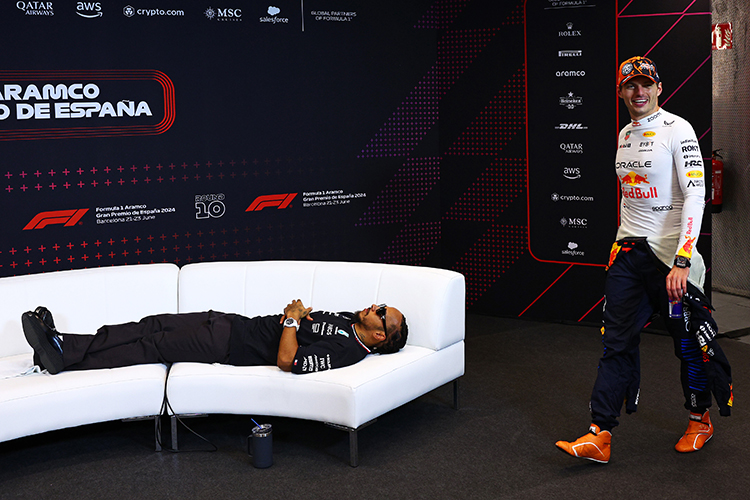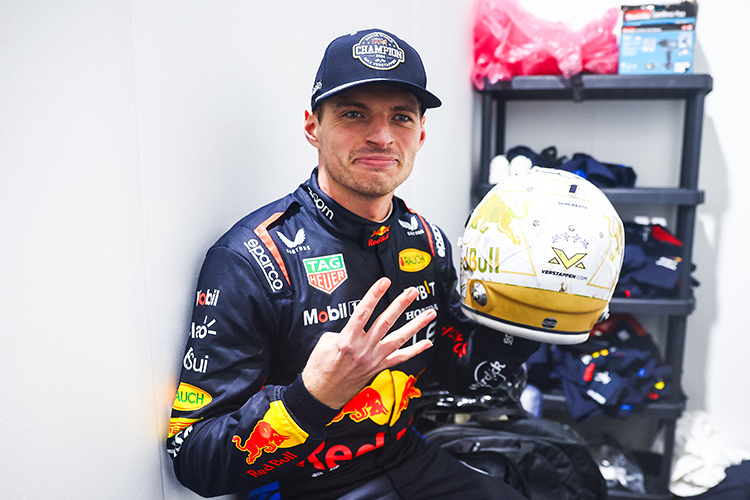How Do Formula 1 Drivers See in the Rain?

Formula 1 World Champions: A legacy of racing legends
How do Formula 1 drivers see in the rain?
How Do F1 Drivers See in the Rain?
Explore how Formula 1 drivers manage visibility in the rain with advanced technology and strategic techniques to maintain control during wet races.
Formula 1 drivers face unique challenges when racing in wet conditions. Unlike regular road cars, F1 vehicles don’t have windscreen wipers. Instead, drivers use a combination of advanced technology and strategic techniques to maintain visibility and control during rain-soaked races. Here’s an in-depth look at how Formula 1 drivers manage to race in the rain.
Advanced Helmet Visors
One of the key tools F1 drivers use to combat rain is the helmet visor. These visors are equipped with specialized hydrophobic coatings that allow water to bead up and roll off. As drivers race at high speeds, airflow over the helmet helps to blow away water droplets, ensuring clear visibility throughout the race.
Utilizing Tear-Off Strips
To further enhance visibility, drivers rely on tear-off strips. These transparent layers can be peeled away when the visor accumulates water or dirt. By removing a strip, drivers instantly restore a clear view, enabling them to continue racing without hesitation.
Rain Tires and Adapted Driving Techniques
In wet conditions, Formula 1 teams equip cars with rain tires, which feature deeper grooves designed to channel water away from the tire surface and reduce the risk of aquaplaning. However, the spray produced by the tires of cars ahead can still severely affect visibility. To combat this, drivers often adjust their racing lines, following the car in front closely or shifting slightly off the racing line to avoid the thickest spray.
Track Awareness and Communication
When visibility is reduced, knowing the track layout and being aware of key braking points becomes even more critical. Drivers rely on their experience and muscle memory to navigate wet circuits. In addition, real-time communication with their teams helps keep them informed about changing weather conditions and track updates, allowing them to anticipate shifts and adjust their strategies accordingly.
Physical and Mental Preparation
Driving in the rain requires exceptional concentration and quick reflexes. Formula 1 drivers undergo intense physical training to maintain peak performance and mental conditioning to enhance focus and decision-making under pressure. The ability to remain calm and make split-second decisions often separates the best drivers from the greatest. Legendary drivers like Ayrton Senna and Michael Schumacher earned iconic status in part due to their ability to dominate in wet conditions.
Conclusion
Racing in the rain presents many challenges for Formula 1 drivers, but a combination of advanced equipment, strategic techniques, and exceptional skill allows them to maintain visibility and control. Through their expertise in handling wet conditions, F1 drivers continue to push the limits of performance, making every race in the rain a testament to their extraordinary abilities.
Up Next



